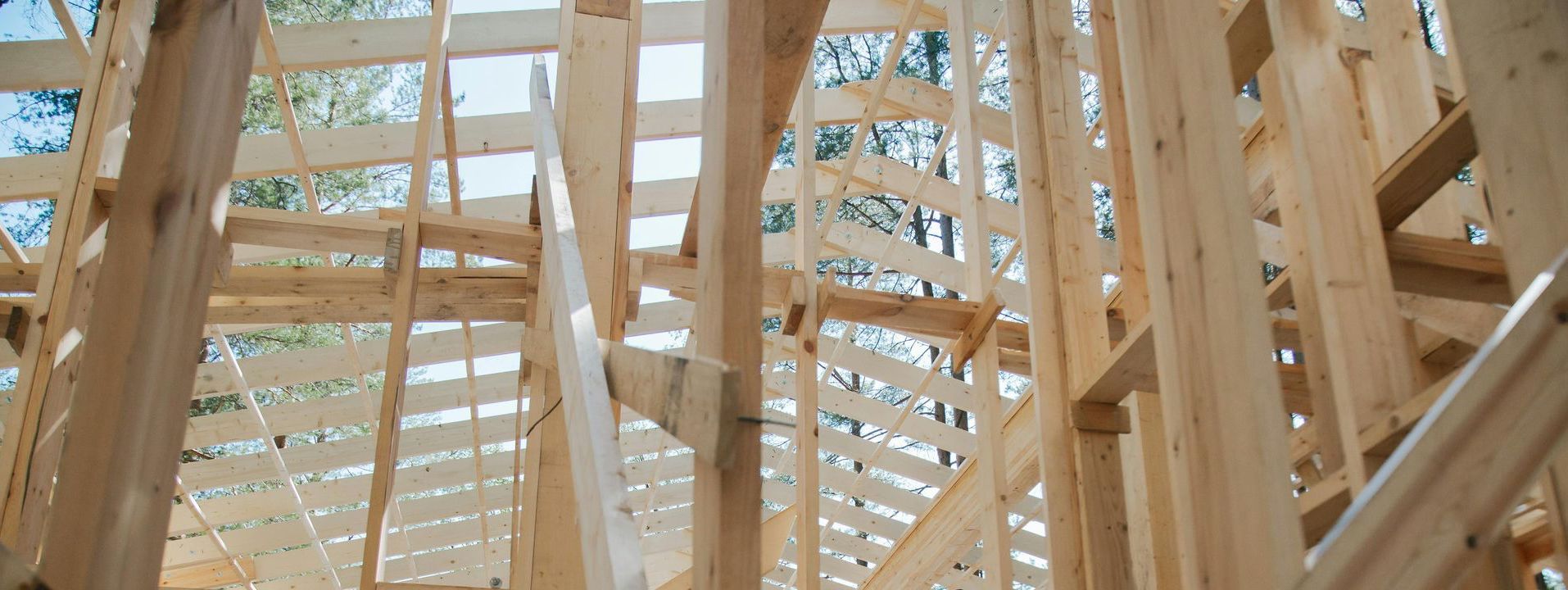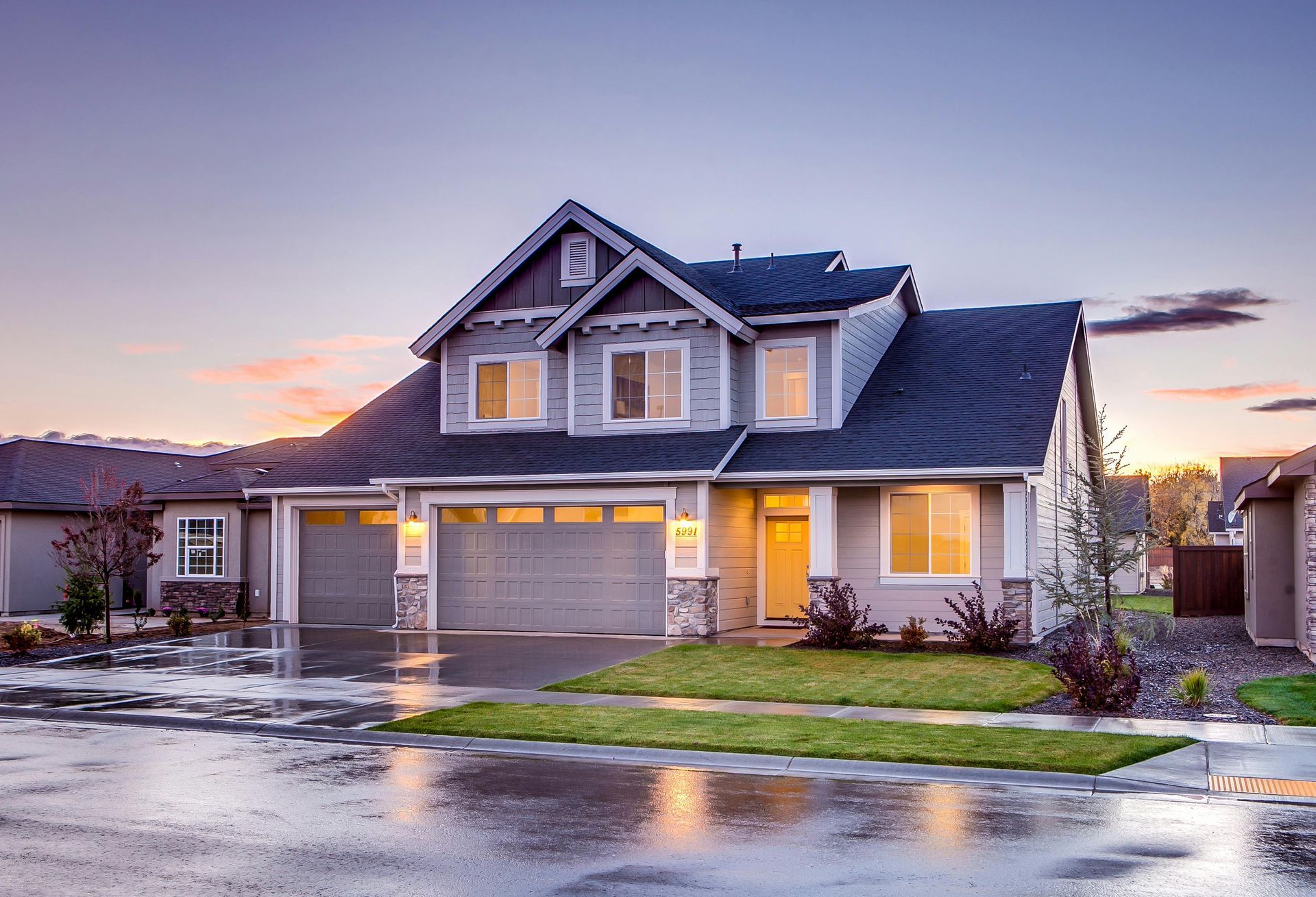Quality Framing
Darin Malchus
The Backbone of a Lasting Structure

When building a home, much of the attention tends to go toward the visible elements—sleek countertops, designer lighting, trendy paint colors. But behind every beautiful home is a sturdy skeleton that determines the safety, longevity, and efficiency of the structure: the framing.
Framing is the backbone of a house. It defines the shape of each room, supports the roof and walls, and ensures everything fits together properly. Done right, it’s invisible. Done poorly, it can lead to a host of long-term problems that are expensive and difficult to fix.
What Is Framing?
Framing refers to the structural framework of a home, typically built from wood or steel, that supports the load of the building. It includes:
- Studs, joists, and rafters:
These form the walls, floors, and roof structure.
- Headers and beams:
These provide support above windows and doors.
- Sheathing and bracing:
These add rigidity and form the base for exterior finishes.
This network of precisely measured and interconnected parts is what allows your house to stand upright, resist wind, bear snow loads, and remain square and true for decades.
Why Good Framing Matters
1. Structural Integrity
Framing is quite literally what holds a house together. Poor framing can lead to structural weakness, including sagging floors, cracked walls, uneven doorways, and even long-term settlement issues. Quality framing ensures that the home remains stable, especially in areas prone to earthquakes, high winds, or heavy snow.
2. Energy Efficiency
A well-framed house supports better insulation, airtight sealing, and proper window and door alignment—all of which are key to energy efficiency. Gaps or misalignments in framing can create drafts and energy leaks that drive up utility bills and reduce comfort.
3. Smooth Finishes and Functionality
Poor framing leads to problems that ripple into every other phase of construction. Drywall won’t hang properly. Cabinets won’t sit flush. Doors won’t close squarely. By contrast, precise framing makes it easier for every trade that follows—from electrical and plumbing to finish carpentry—to do their job accurately and efficiently.
4. Future Flexibility
Good framing also considers the future. A well-designed frame includes access points for electrical or plumbing maintenance, room for HVAC ductwork, and even structural allowances for future renovations or expansions. Framing with foresight is framing with long-term value.
5. Code Compliance and Resale Value
Proper framing ensures your home meets local building codes, which is crucial for legal occupancy and future resale. Home inspectors look closely at framing—if there are issues, buyers will either walk away or demand costly fixes.
Conclusion: Framing Isn’t Just Lumber—It’s Logic
Think of framing as the blueprint brought to life. It’s where design meets engineering, where vision becomes reality. Cutting corners here might save time or money in the short term, but the risks and costs down the road can be enormous.
Whether you’re building a dream home or overseeing a renovation, don’t underestimate the value of quality framing. Invest in skilled framers, use quality materials, and ensure the plans are executed with precision. It’s the strongest foundation you can give to every other detail that follows.
Your home is only as good as the structure beneath the surface—and that starts with framing done right.

The Blue Tape Walkthrough: What to Expect and How to Make the Most of It Building a home is a thrilling journey filled with excitement and anticipation. As your new home nears completion, there's a crucial step you'll experience—the "Blue Tape Walkthrough." If you've never done one before or just need a refresher, this guide explains exactly what you can expect and how to confidently navigate this important milestone. What Exactly is a Blue Tape Walkthrough? The Blue Tape Walkthrough, also known as the "punch list walkthrough," is your opportunity to inspect your nearly finished home closely and identify any issues or imperfections. You'll literally use blue painter's tape to mark areas needing attention, hence the name. Why It's Important This walkthrough ensures that the builder completes any necessary final touches before you move in, helping your home feel truly finished and high-quality. Who Will Be There? Typically, you'll walk through your home with your builder, construction manager, or project lead. Their role is to assist you, answer questions, and note your concerns. What Should You Bring? Blue painter's tape (usually provided by the builder, but bring extra just in case) A notebook or your phone for notes and pictures Flashlight to clearly inspect darker areas like closets and corners What to Look For During the Walkthrough Here's a practical checklist to guide you: 1. Walls and Ceilings: Look closely for uneven paint, drips, or spots needing touch-ups. Check for drywall imperfections, cracks, or dents. 2. Flooring: Inspect carpets for proper installation, wrinkles, or stains. Look at wood or laminate floors for scratches, chips, or uneven boards. Examine tile for consistent grout lines, cracks, or chipped edges. 3. Cabinetry and Hardware: Ensure cabinets open and close smoothly, hinges are aligned, and knobs or handles are secure. 4. Doors and Windows: Check that all doors close and latch smoothly, fit properly, and aren't scratched or warped. Inspect windows for ease of operation, secure seals, and clear glass without scratches or damage. 5. Plumbing Fixtures: Test faucets, toilets, tubs, and showers for leaks, water pressure, proper drainage, and secure installation. 6. Electrical: Verify that switches, outlets, and fixtures work correctly. Confirm placement and functionality of all lights. 7. HVAC System: Check thermostats, vents, and air conditioning or heating units for proper operation. 8. Appliances : Make sure all appliances function correctly and don't have cosmetic damage. How the Builder Should Respond A reputable builder welcomes your feedback during this walkthrough. They should: Encourage you to be thorough and attentive. Take clear notes and set timelines for addressing each item. Answer questions clearly and provide reassurance. After the Walkthrough Your builder will use the notes and taped items to create a punch list, clearly outlining tasks to complete before your final acceptance of the home. Ensure you have a copy of this list and schedule a final follow-up walkthrough to confirm all fixes. Final Thoughts The Blue Tape Walkthrough is your chance to ensure your new home meets your expectations and standards. Don’t rush—take your time, ask questions, and thoroughly inspect your home. With the right preparation and partnership with your builder, you'll move into a home you're genuinely proud of. Planning to build your dream home in Southern Utah? At Agenda Design+Build , we guide you through each step of the process, ensuring quality and satisfaction every step of the way. For more information, call Lynae at 801-592-6785.
